
ION Science Unveils the NEW Titan 2 benzene monitor, but what is the difference between the new instrument and its predecessor?
In this comparative article, we delve into the differences between Titan 1 and Titan 2 and explore the upgraded features, including the increased sensitivity, implemented to comply with the upcoming benzene exposure limit changes.
Benzene Legislation
The original iteration of Titan was introduced to the market following extensive research into benzene, which highlighted to ION Science that a fixed, continuous benzene detector was needed. The current EU TWA (time-weighted-average) for benzene is 1 ppm, however from 5th April 2024, the long-term exposure limit will be reduced to 0.5 ppm – and will be cut again from April 2026, to just 0.2 ppm. – Directive (EU) 2022/431 Of The European Parliament And Of The Council Of 9 March 2022.
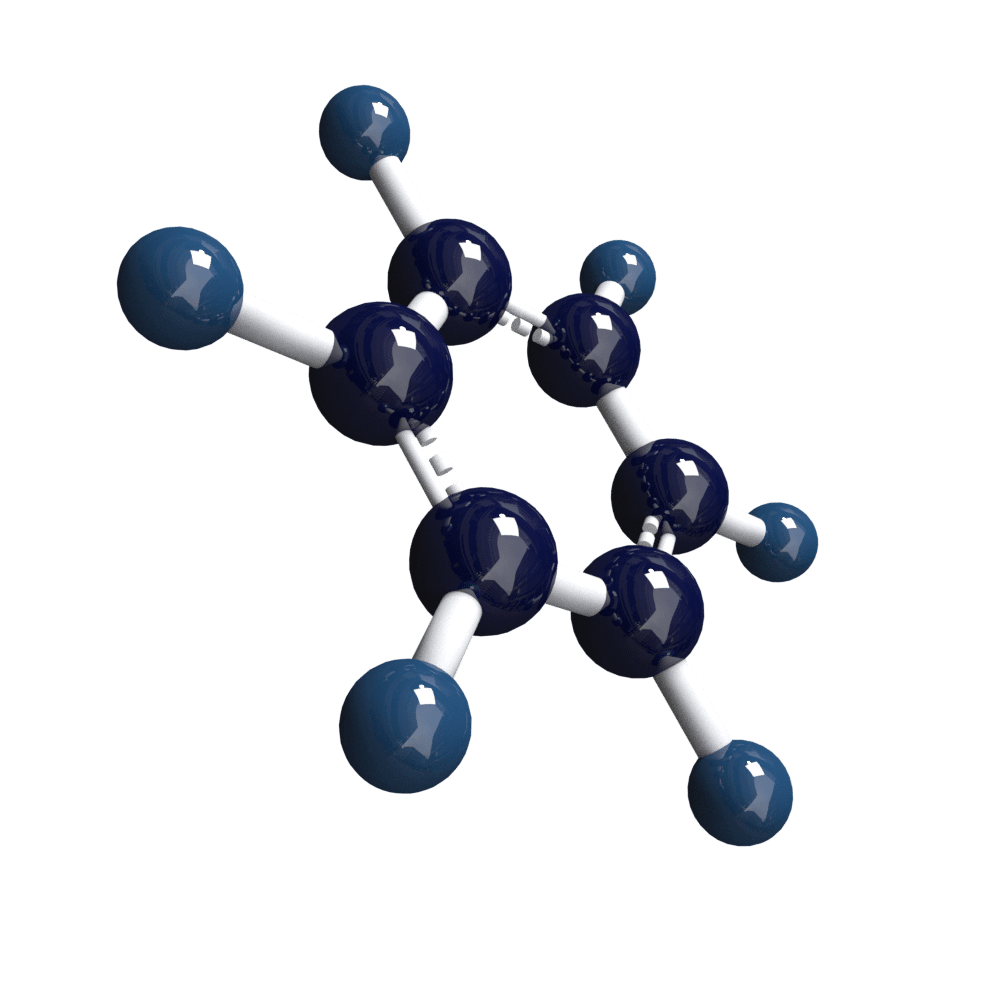
Chris Payne (Product and Application Support Manager at ION Science) commented on the requirement for an improved fixed benzene monitor:
‘With the EU benzene long-term exposure limit being reduced from 1 ppm to just 0.2 ppm over the next couple of years, it was important that ION Science stayed ahead of the curve by releasing a benzene monitor that complied with these requirements. We are confident our customers worldwide will be delighted with Titan 2 due to its enhanced sensitivity, accuracy, and overall performance.’
Titan 1 vs Titan 2: Benzene Sensitivity
Titan offered a detectable range of 0.1 ppm to 20 ppm (parts per million) whereas the new Titan 2 delivers accurate benzene detection down to as low as 0.02 ppm (20 ppb (parts per billion)) and as high as 20 ppm within a span of 60 seconds. The Titan 2 benzene monitor utilises a new, highly sensitive 10.0 eV PID to selectively detect benzene down to these new low levels, required for compliance with regulatory requirements. Additionally, the improved quality of the AirSep filter allows Titan 2 to reliably separate benzene from common contaminants, to give an accurate benzene reading with marginal error in the displayed concentration. In conjunction with the improved quality of the AirSep filter, Titan 2 utilises a new piezo electric micro pump, allowing delivery of enhanced pressure and flow accuracy to ensure a rapid response with unrivalled stability and reliability. The upgraded features within Titan 2 have drastically improved the sensitivity, allowing us to reach down to the required lower levels.

Titan 1 vs Titan 2: Operation
Comparable to the original Titan 1, Titan 2 captures a gas sample once every 60 seconds. The sample is then conditioned within a further 60 seconds to allow precise benzene measurement, ensuring a continuous supply of real-time data. Unique to the Titan 2 instrument is the new piezo electric micro pump, allowing delivery of enhanced pressure and flow accuracy to ensure a rapid response with unrivalled reliability.

Titan 1 vs Titan 2: Communication
Similar to Titan, Titan 2 features visible alarm capability, triggering an alert when benzene concentrations reach either of two operator-configurable levels. Twin relay outputs enable the user to integrate the unit with existing site alarm systems, while easy-to-use firmware allows a simplified calibration procedure. Like the original Titan, analysis of readings captured utilises both 4-20 mA and RS485 MODBUS communication protocols, however, Titan 2’s RS485 connection can be configured to be ASCII or RTU by the user, which differs from Titan 1. This was highly requested by our customer base to allow seamless integration of Titan 2 benzene monitor with existing industrial control systems, enabling efficient data collection and analysis.

Duncan Johns (Group Managing Director) stated:
“Benzene is a toxic, carcinogenic gas, presenting a serious threat to many workers, as well as the environment. It is therefore vital that staff are protected by monitors that can continuously measure benzene at the low levels required by increasingly stringent international regulations. Titan 2 is the only commercially available, truly selective, fixed continuous benzene monitor worldwide that can meet this requirement.”
Titan 1 to Titan 2: Interchangeable Service Module
Titan 2 has been designed to be easily installed, commissioned, and maintained. The EXD enclosure allows customers to initially install the housing into the detection area and then install the detector module once the commissioning period is defined. For required maintenance, the detection module within the Titan 2 enclosure can also be easily removed and replaced with a spare module, allowing simple plug-and-play logic. This enables existing Titan customers to upgrade their detection module to the newest version with ease.
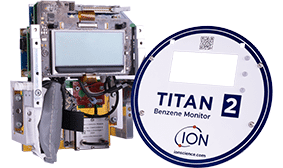
Conclusion:
Through meticulous research driven by legislative changes, as well as listening to the requirements and requests of our current Titan customers, Titan 2’s fundamental improvements ensure that rapid, accurate, and reliable benzene detection is readily available to protect lives and preserve the environment.
Good news, the improved manifold is now included in Titan 2’s warranty!
The monitor has 1 year of warranty as standard, and can be extended to 2 years, free of charge, when registered on the HERE within one month of purchase.
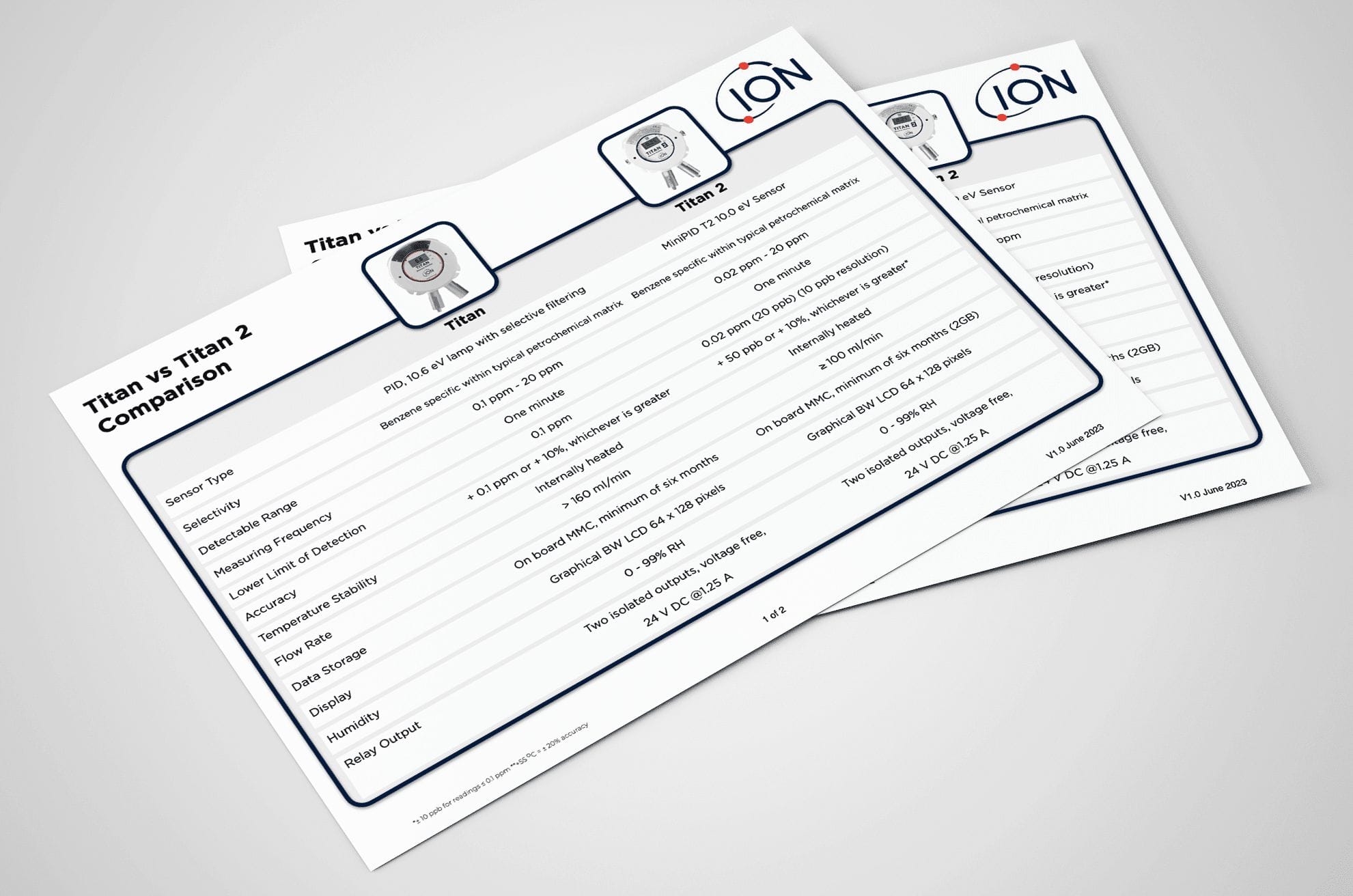

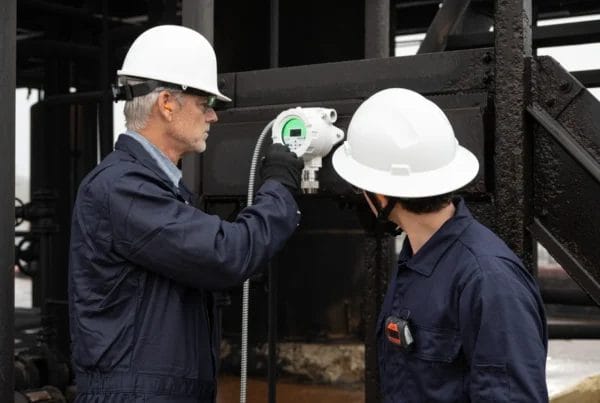
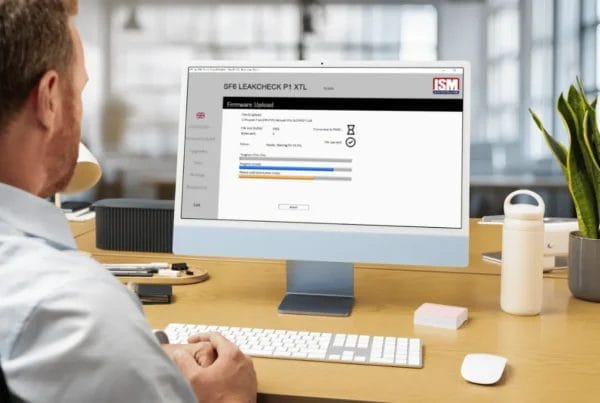





 United Kingdom
United Kingdom






